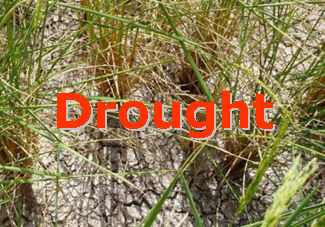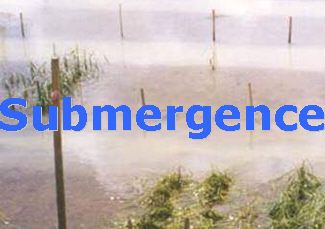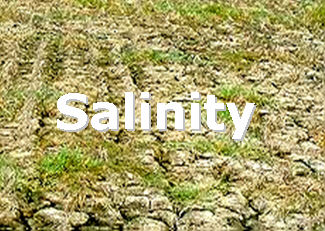|
|
|
|
|
||||||||||||||
|
|
|
|
|
||||||||||||||
|
|
|
Common abiotic stresses |
|
||||||||||||||
|
|
|
|
|
||||||||||||||
|
|
|
Describe the common abiotic stresses for rice |
|
||||||||||||||
|
|
|
|
|
||||||||||||||
|
|
|
|
|
||||||||||||||
|
|
|
What are "abiotic stresses"?
Abiotic stresses are not biological (or living) stresses like diseases, or insects but physical or chemical stresses coming from the environment. These stresses may reduce plant growth and crop productivity.
Where do abiotic stresses happen?
We showed in the previous lesson that the main rice ecosystems can be grouped in four major environments:
Abiotic stresses can happen in all these environments.
|
|
||||||||||||||
|
|
|
Although abiotic stresses happen in all major rice ecosystems, the occurrence and the severity is generally limited in irrigated systems. Irrigation and drainage facilities ensure that neither drought nor submergence occurs and it allows managing salinity in the flood water. Flooding of soils equalizes the soil pH to near neutral values (around pH 7) which optimizes nutrient availability and reduces the occurrence of toxicities. Therefore, abiotic stresses are much more widespread in non-irrigated rice environments.
|
|
||||||||||||||
|
|
|
What are the symptoms of these stresses and what can you about it?
|
|
||||||||||||||
|
|
|
|
|
||||||||||||||
Next lesson |
|
Now that you understand the main rice environments and the common stresses that might occur, let's have a look at the different races of rice. |
|
||||||||||||||


![obj[1]](obj_1_.gif)




